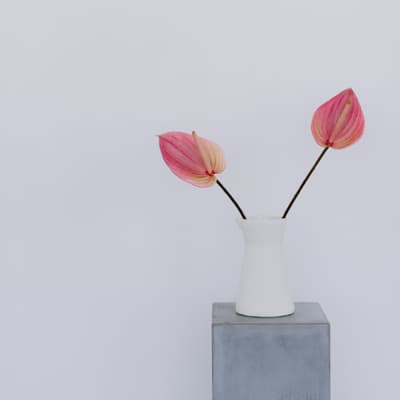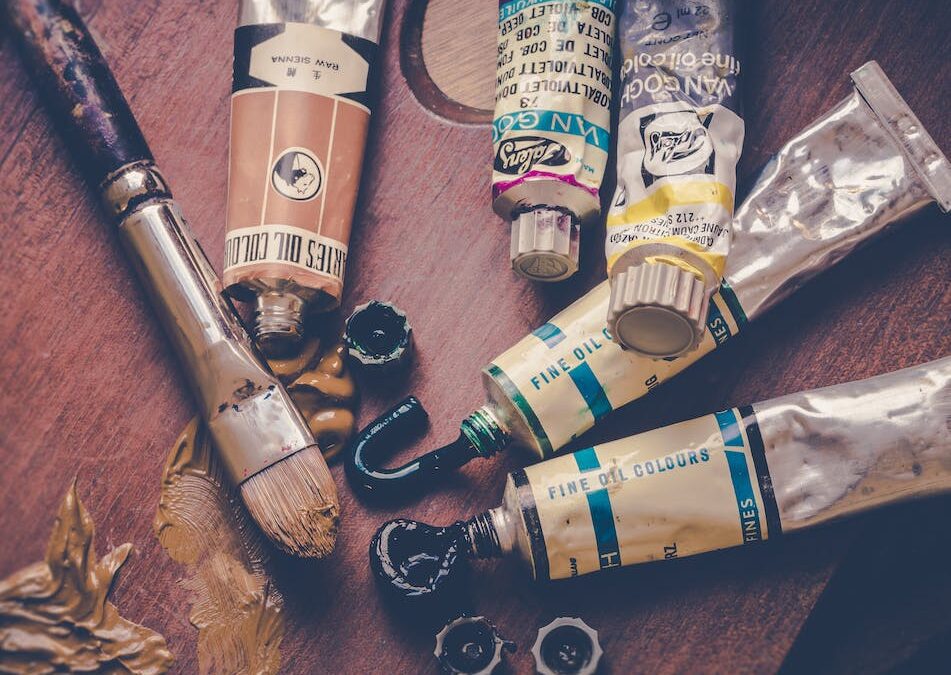The Artist Behind
In an expressive portrait, the artist often focuses on capturing the essence of the subject rather than creating a photographic representation. The artist may exaggerate certain features or use distorted proportions to create a unique and striking image. The colors used in an expressive portrait are often bold and vibrant, adding to the intensity and emotion of the painting.
One of the key elements of an expressive portrait is the subject’s eyes. The eyes are often the focal point of the painting, capturing the subject’s emotions and inner life. The artist may use exaggerated features or abstract shapes to create an intense and powerful effect.
Another important element of an expressive portrait is the use of strong composition. The composition of the painting helps to create a sense of movement and balance, drawing the viewer’s eye to the most important parts of the portrait. The artist may use diagonal lines or contrasting colors to create a dynamic and engaging composition.
Overall, the expressive portrait is a dynamic and emotional form of visual art that allows the artist to capture the essence of the subject in a unique and powerful way. Through the use of thick impasto techniques, bold colors, and strong composition, the artist can create a truly striking image that captures the subject’s personality and inner life.

Expressive Portrait
The expressive portrait is a powerful form of visual art that captures the unique personality, emotions, and inner life of the subject. It is a painting style that emphasizes the use of vivid colors, bold brushstrokes, and strong composition to create a powerful and evocative image.

